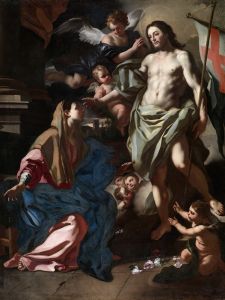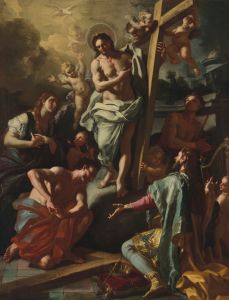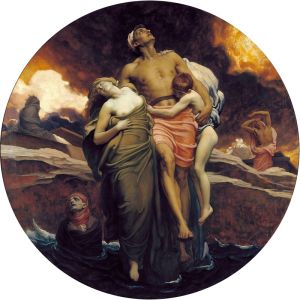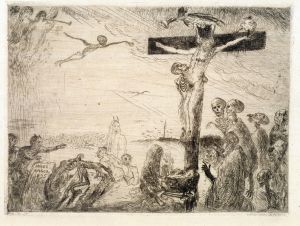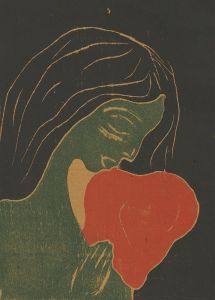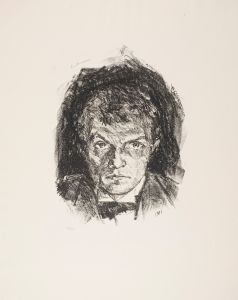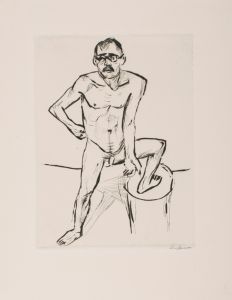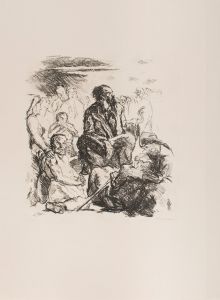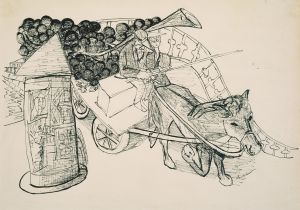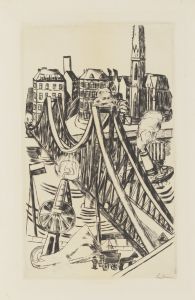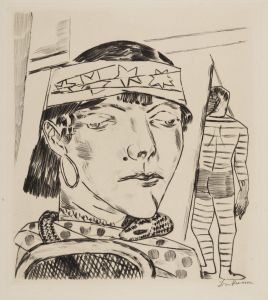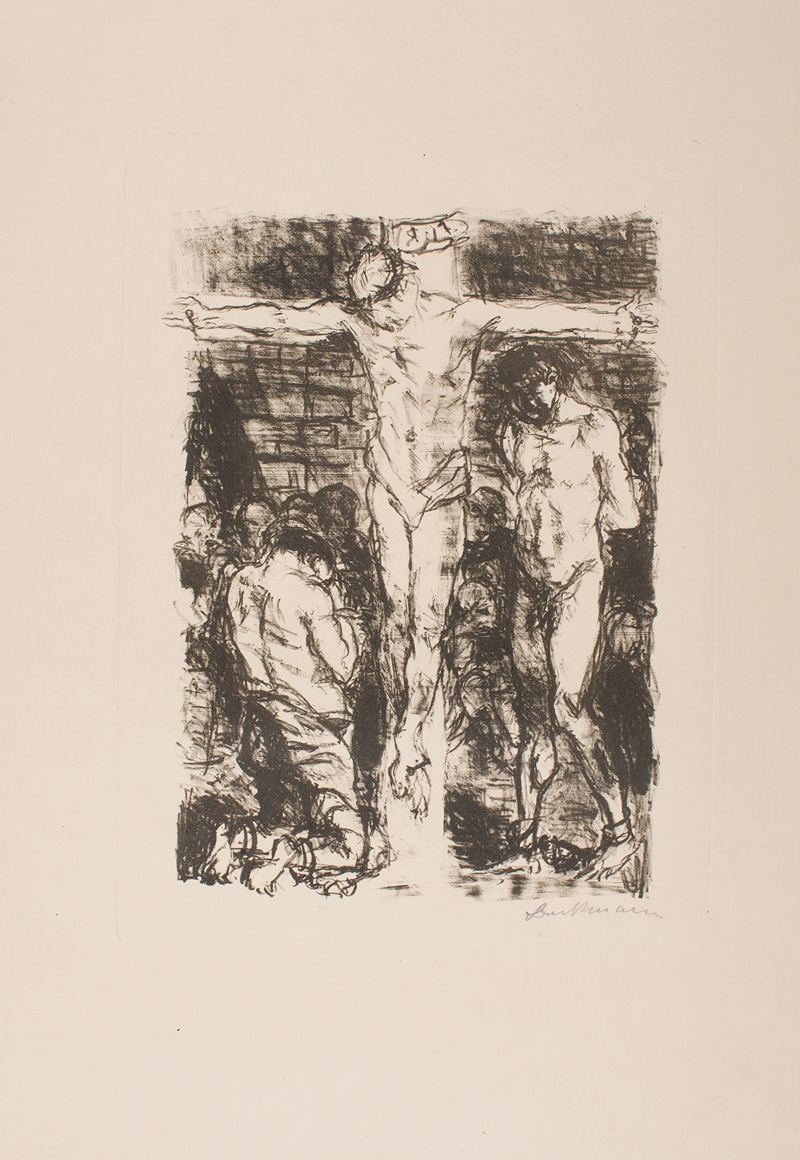
Crucifixion
A hand-painted replica of Max Beckmann’s masterpiece Crucifixion, meticulously crafted by professional artists to capture the true essence of the original. Each piece is created with museum-quality canvas and rare mineral pigments, carefully painted by experienced artists with delicate brushstrokes and rich, layered colors to perfectly recreate the texture of the original artwork. Unlike machine-printed reproductions, this hand-painted version brings the painting to life, infused with the artist’s emotions and skill in every stroke. Whether for personal collection or home decoration, it instantly elevates the artistic atmosphere of any space.
Max Beckmann's Crucifixion is a significant work by the German painter, created in 1913. Beckmann, known for his expressionist style, often explored themes of human suffering, existential struggle, and the complexities of modern life in his art. This painting reflects his interest in religious and mythological subjects, reinterpreted through a modern and deeply personal lens.
The Crucifixion depicts the biblical scene of Christ's crucifixion, but Beckmann's approach is far from traditional. The composition is intense and emotionally charged, with distorted figures and a dramatic use of color and form. The painting captures the agony and despair of the moment, emphasizing the human suffering inherent in the story. Beckmann's style in this work is characterized by bold lines, angular forms, and a sense of tension that reflects the influence of German Expressionism.
This painting was created during a period of significant personal and societal upheaval. In 1913, Europe was on the brink of World War I, and the cultural and political climate was marked by uncertainty and anxiety. Beckmann himself was grappling with questions of faith, morality, and the human condition, which are evident in the themes and execution of Crucifixion. The work can be seen as a response to the broader existential concerns of the time, as well as a reflection of Beckmann's own inner struggles.
Crucifixion is notable for its departure from traditional religious iconography. While it draws on the Christian narrative, Beckmann's interpretation is more symbolic and psychological than literal. The figures in the painting are not idealized; instead, they are raw and vulnerable, emphasizing the universality of suffering and the fragility of the human condition. This approach aligns with Beckmann's broader artistic philosophy, which sought to confront the realities of life rather than escape into idealism.
The painting is part of Beckmann's early work, created before his experiences in World War I, which would later have a profound impact on his art. It demonstrates his evolving style and his engagement with the themes that would come to define his career. Today, Crucifixion is recognized as an important example of Beckmann's exploration of religious and existential themes, as well as his contribution to the development of modern art.
Further details about the current location or ownership of the painting are not provided in available historical records.





